current technology in computer science
Introduction:
In the fast-evolving realm of technology, staying abreast of the “current technology in computer science” is crucial for both professionals and enthusiasts. As innovations unfold at a breakneck pace, it’s essential to explore the latest trends that shape the digital landscape.
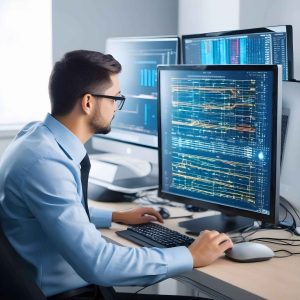
1- List of Latest Technologies in Computer Science:
-
Computer Science Trends
In a world driven by digital transformation, computer science trends dictate the direction of technological evolution. From artificial intelligence to blockchain, these trends pave the way for groundbreaking advancements.
-
Artificial Intelligence & Machine Learning
Artificial Intelligence (AI) and Machine Learning (ML) have transcended the realms of science fiction, becoming integral to our daily lives. From virtual assistants to predictive analytics, the influence of AI and ML is omnipresent.
-
Virtual Reality & Augmented Reality
The realms of Virtual Reality (VR) and Augmented Reality (AR) redefine user experiences. Applications extend beyond gaming, impacting sectors like healthcare and education with immersive simulations.
-
Cloud Computing
Cloud Computing revolutionizes data storage and accessibility. Businesses and individuals alike benefit from the flexibility and scalability offered, though security concerns linger on the horizon.
-
Blockchain Technology
Blockchain, initially associated with cryptocurrencies, now finds applications across diverse sectors. Its decentralized and secure nature makes it a disruptive force in finance, healthcare, and beyond.
-
Internet of Things (IoT)
The Internet of Things interconnects devices, creating a network that enhances daily living. IoT applications range from smart homes to industrial automation, shaping the future of connectivity.
-
Nanotechnology
At the microscopic level, nanotechnology opens avenues in medicine, electronics, and materials science. While promising, ethical considerations surround the use of this powerful technology.
-
Robotics & Automation
Robotics and automation redefine industries, from manufacturing to healthcare. The integration of robots streamlines processes but also sparks debates about job displacement.
2- Exploring Computer Science Trends
-
Rapid Evolution in the Digital Era
The digital era witnesses unprecedented advancements, with technology evolving rapidly. The speed at which innovations unfold demands an adaptive mindset to thrive in the dynamic landscape.
-
Embracing Innovation for Growth
The integration of innovative technologies is not just a luxury but a necessity for growth. Businesses that embrace innovation gain a competitive edge, driving progress within their industries.
-
Importance of Current Technology in Computer Science
Understanding and leveraging current technology in computer science is paramount. It fosters efficiency, opens new opportunities, and positions individuals and organizations as leaders in the tech-driven future.
3- Artificial Intelligence & Machine Learning
-
The Rise of AI in Everyday Life
AI is no longer confined to laboratories; it permeates everyday life. Voice assistants, recommendation algorithms, and automated systems showcase the pervasive influence of artificial intelligence.
-
Machine Learning Applications
Machine learning applications are diverse, from personalized content recommendations to predictive analytics. The ability of systems to learn and adapt without explicit programming is reshaping industries.
-
Impact on Various Industries
The impact of AI and ML extends across industries, enhancing efficiency and decision-making. Healthcare, finance, and manufacturing witness transformative changes through intelligent technologies.
If you want to know a lot about the impact of artificial intelligence on healthcare, read this article
Future of Artificial Intelligence AI in Healthcare Sector
4- Virtual Reality & Augmented Reality
-
Transforming User Experiences
VR and AR redefine user experiences by creating immersive environments. Gaming experiences become more engaging, while applications in healthcare and education offer innovative solutions.
-
Applications in Gaming, Healthcare, and Education
Beyond entertainment, VR and AR find applications in healthcare simulations and educational tools. These technologies bridge the gap between the virtual and physical worlds.
-
Future Potential
The potential of VR and AR extends beyond current applications. As technology advances, the boundaries between reality and the virtual world will continue to blur.
5- Cloud Computing
-
Shifting Paradigms in Data Storage
Cloud computing disrupts traditional models of data storage. The shift from on-premises servers to cloud-based solutions provide flexibility and accessibility.
-
Benefits for Businesses and Individuals
Businesses leverage cloud computing for cost-effective and scalable solutions. Individuals benefit from seamless data access, collaboration, and storage.
-
Security Concerns and Solutions
While cloud computing offers numerous advantages, security concerns persist. Robust encryption and proactive security measures are crucial to address potential threats.
6-Blockchain Technology
-
Decentralization and Security
Blockchain’s decentralized nature ensures security by eliminating a single point of failure. Transactions are transparent and tamper-resistant, instilling trust in various processes.
-
Applications Beyond Cryptocurrency
Blockchain applications extend far beyond cryptocurrencies. Smart contracts, supply chain management, and identity verification are areas benefiting from this innovative technology.
-
Future Integration in Various Sectors
The integration of blockchain technology is set to expand into diverse sectors, transforming the way data is stored, verified, and secured.
7- Internet of Things (IoT)
-
Connecting Devices for Smart Living
The IoT connects devices, creating a network that enhances convenience in daily living. Smart homes, with interconnected devices, exemplify the potential of this technology.
-
IoT in Healthcare, Smart Homes, and Industry
In healthcare, IoT facilitates remote patient monitoring, while smart homes use IoT for automation. Industrial applications include predictive maintenance and process optimization.
-
Challenges and Future Developments
Despite the benefits, challenges like data privacy and security need addressing. The future of IoT involves overcoming these challenges for widespread adoption.
8- Nanotechnology
-
Harnessing the Power of the Small
Nanotechnology operates at the nanoscale, offering unprecedented control over materials and devices. The potential applications in medicine, electronics, and materials science are vast.
-
Applications in Medicine, Electronics, and Materials
In medicine, nanotechnology enables targeted drug delivery. In electronics, it contributes to the development of smaller and more efficient devices. Materials science benefits from enhanced properties at the nanoscale.
-
Ethical Considerations
The ethical implications of manipulating matter at the nanoscale raise concerns. Responsible development and use of nanotechnology require careful consideration of ethical guidelines.
9- Robotics & Automation
-
Revolutionizing Industries
Robotics and automation revolutionize industries by streamlining processes and increasing efficiency. From manufacturing lines to healthcare, robots play a pivotal role.
-
Robotics in Manufacturing, Healthcare, and Space Exploration
In manufacturing, robots handle repetitive tasks, while in healthcare, robotic surgery enhances precision. The use of robots extends to space exploration, where they perform tasks in harsh environments.
-
Concerns about Job Displacement
While robots bring efficiency, concerns about job displacement arise. Balancing the benefits of automation with ethical considerations is essential for responsible implementation.
If you want to know a lot about computer science read this article Wikipedia
Conclusion:
In this exploration of the latest technologies in computer science, we’ve witnessed the transformative power of AI, VR, AR, cloud computing, blockchain, IoT, nanotechnology, and robotics. The ever-changing landscape requires continuous learning, adaptability, and a growth mindset for success.


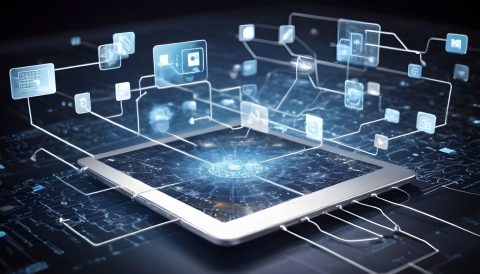
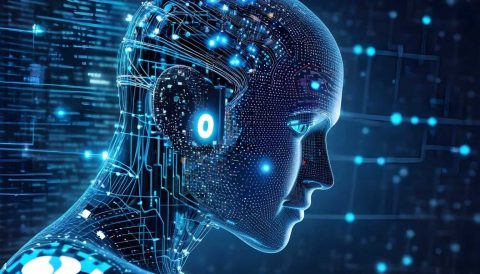
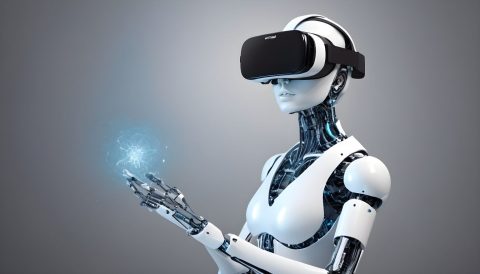
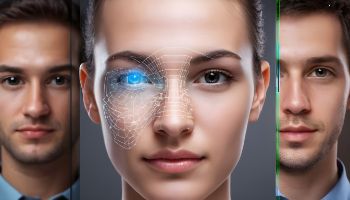

[…] to know about current technology in computer science […]
[…] Read this article to learn about current technology in computer science […]
[…] Read this article to know about current technology in computer science […]
[…] latest trends in information and communication technology […]
[…] the fast-paced world of technology, understanding the importance of setting clear information technology (IT) career goals is crucial. […]